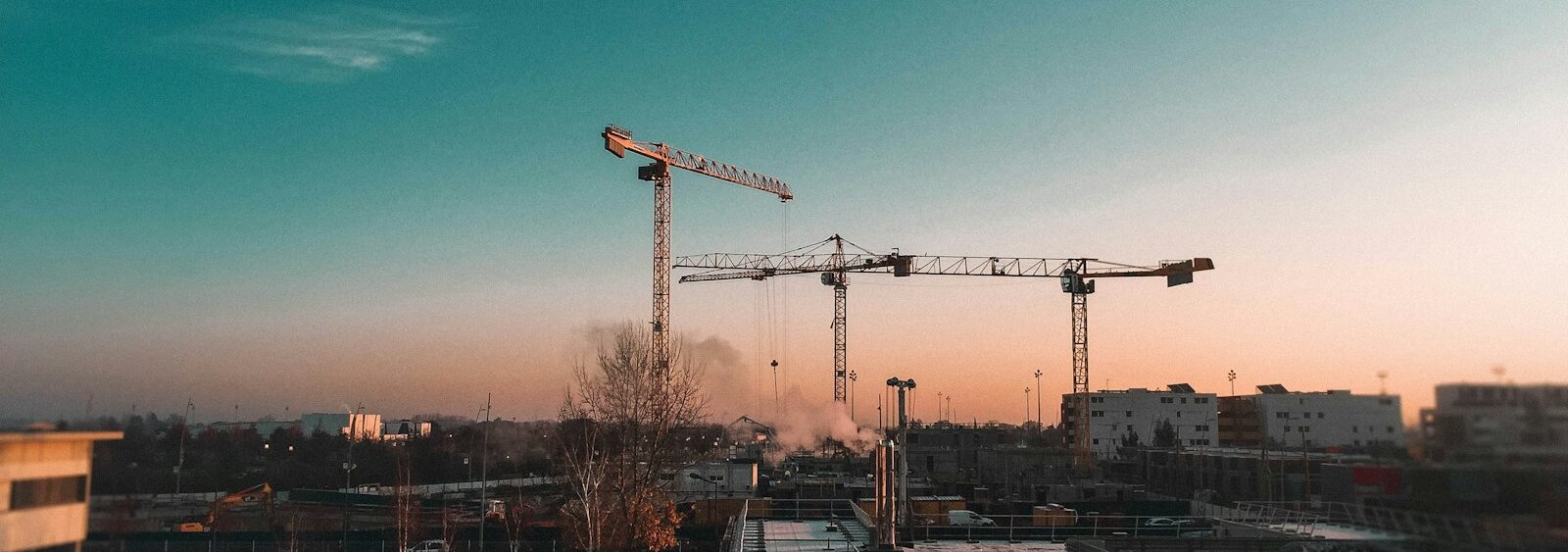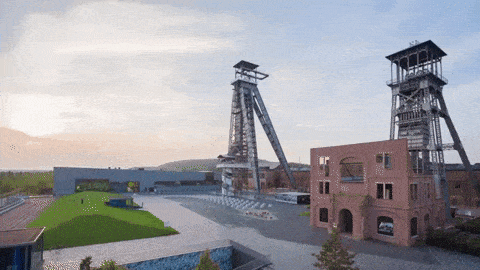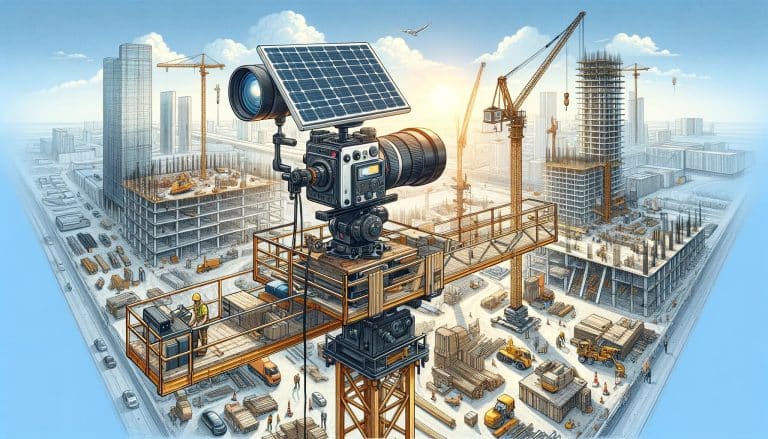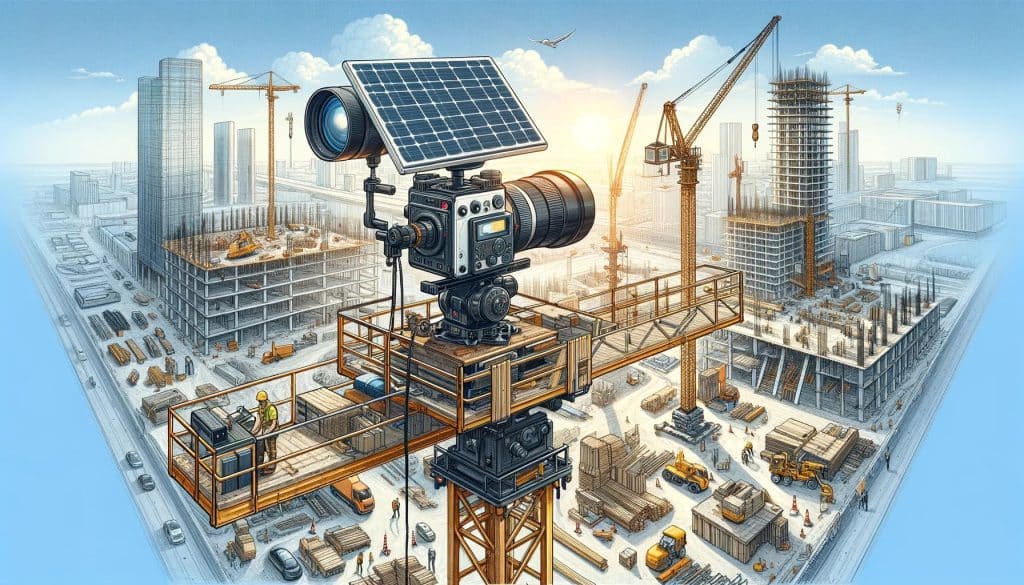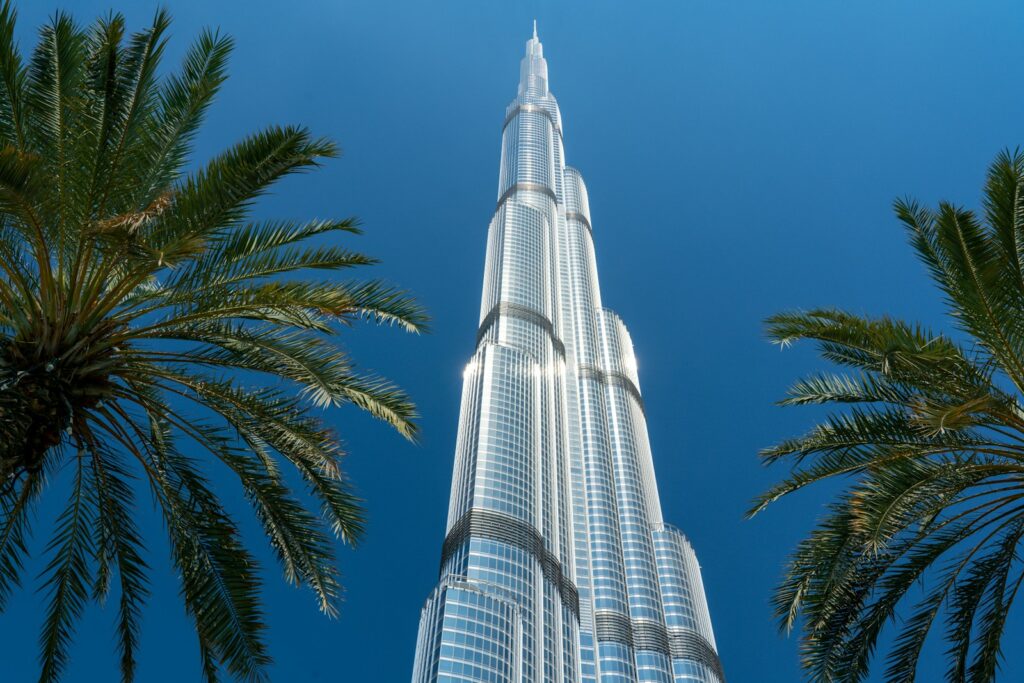If you’ve reached this article, chances are you already understand what time-lapse photography is and the value it brings to the operation, marketing, and documentation of a construction project.
Unlike other types of photography projects, documenting construction through a time-lapse camera is a challenging task that requires detailed planning and forward thinking.
Long-Term, Strategic Thinking
One of the most important elements in time-lapse photography, based on capturing still images at fixed intervals, is that the camera remains stable and in the same position throughout the entire project.
If the camera shifts, the final video will look jumpy and unpolished.
For optimal time-lapse footage, the camera must stay firmly anchored in the same spot for months or even years.
When setting the frame for a time-lapse, you need to consider more than just the starting point of construction. You must account for the entire dynamic process, from an empty lot to a 40-story tower.
This is where a professional time-lapse studio comes in. Using advanced editing techniques and even AI-based tools, professionals can compensate for content changes within the frame.
Often, multiple cameras from different angles are used, allowing the expert to update the frame subtly and effectively as needed.
A Construction Site Is a Challenging Environment
Beyond the dynamic nature of the construction process, it’s important to remember that a construction site is a tough, demanding environment.
At certain stages, heavy machinery is in operation, shaking the ground—and, by extension, the camera.
A time-lapse expert knows how to measure and reduce vibration, both by choosing the right mounting location and by using equipment designed to stabilize the camera during shooting.
Another challenge is dust, which can settle on the camera lens and reduce image quality.
Working with professionals ensures that any such issues are quickly resolved.
Where Should You Mount the Camera?
There are several ways to install cameras on construction sites.
One popular option is mounting on a crane.
A crane is a tall, stable steel structure that provides a panoramic view.
However, cranes often change position during the project, and although they’re made of steel, they are still affected by crane movement and even strong winds.
There’s also the logistical challenge of accessing the camera, which can be difficult and dangerous.
Another good option is mounting the camera on a nearby building.
This option is less affected by on-site activity and usually offers easier physical access.
That said, it’s not always available.
In any case, it’s highly recommended to consult a professional with experience in construction time-lapse projects, who can visit your site and design a smart and secure mounting plan.
📧 Timelapseit11@gmail.com
📞 050-225-6866


